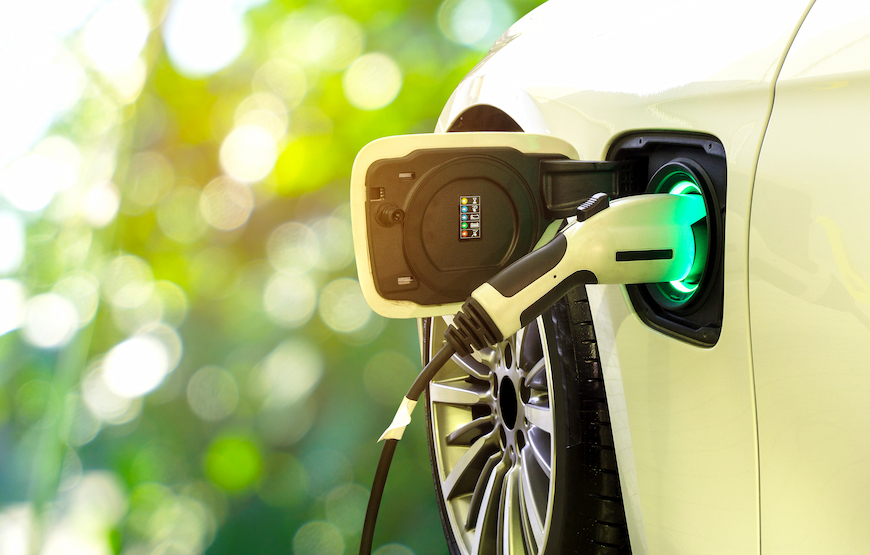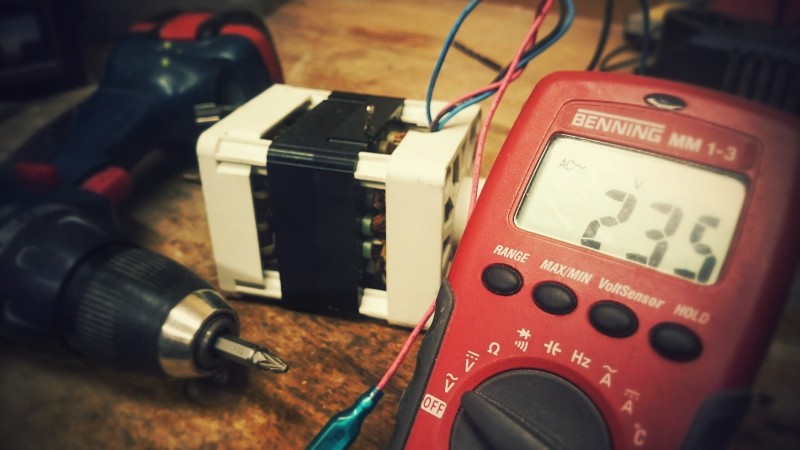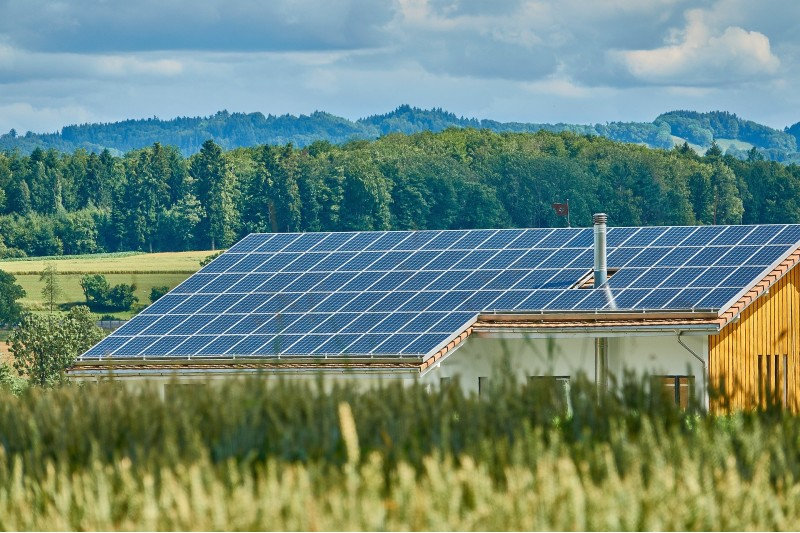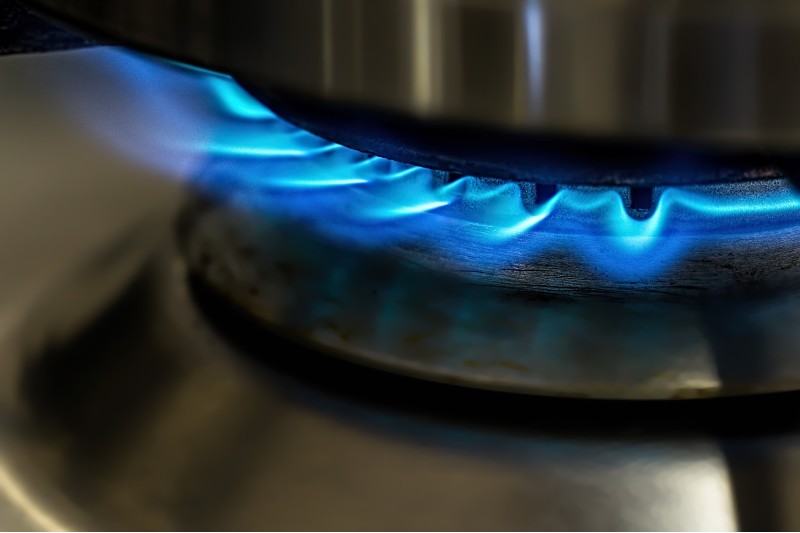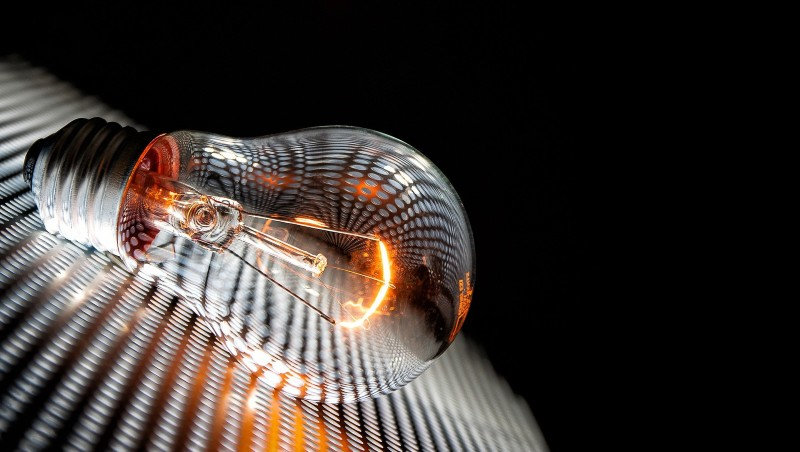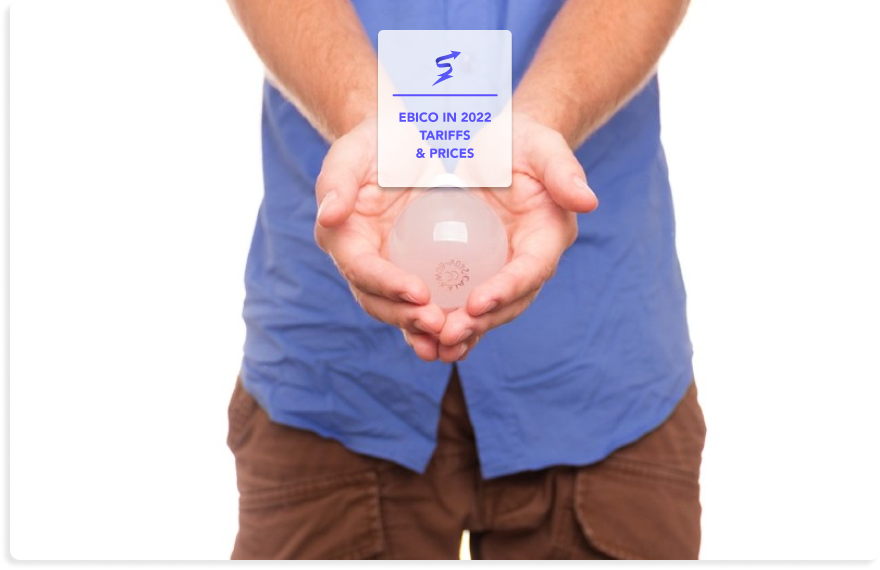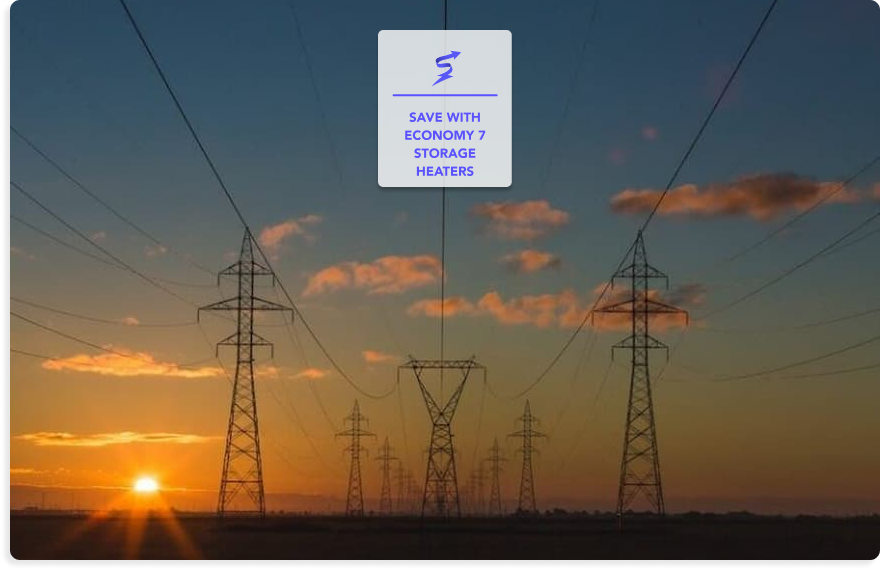What are the best energy tariffs for electric cars?
The best energy tariff can be different for everyone depending on their budget, lifestyle and the time of the day to charge. Usually, people charge their cars overnight, while they sleep so that they can have their car ready to go in the morning. This is the best time to fill up your car as the electricity rates are much cheaper during the night. Some suppliers offer special deals for night time charging, which keeps your energy bill even lower.
Below you can find out the electric vehicle tariffs of the energy providers in the UK. If you are looking for the cheapest deal, you should consider the supplier that offers the cheapest rate during the time frame when you are most often going to charge your car.
| Plan | Tariff Type | Electricity Standing Charge (p/day)* | Day Rate (p/kWh)* | Night Rate (p/kWh)p* | Average total annual cost (£/year)** | Exit Fee (£) |
|---|---|---|---|---|---|---|
| Octopus Go | Variable Rate | 21.640 p* | 24.690 p* | 5.000 p* | £ 555.226** | £ 0.000 |
| GoElectric | 36 Month Fixed Rate | 34.930 p* | 25.880 p* | 25.880 p* | £ 878.102** | £ 30.000 |
| GoElectric 35 | 36 Month Fixed Rate | 38.080 p* | 35.410 p* | 4.500 p* | £ 789.493** | £ 30.00 |
| GoElectric 98 | 36 Month Fixed Rate | 34.930 p* | 36.460 p* | 4.500 p* | £ 944.854** | £ 30.00 |
| Ecotricity Fully Charged Bundle E7 | 36 Variable Rate | 38.85 p* | 28.42 p* | 17.47 p* | £ 832.71** | £ 0.00 |
| OVO Drive | 12 months Fixed Rate | 30.00 p* | 16.600 p* | - | £ 590.980** | £ 30.00 |
| Green Driver 5/7 hours | Fixed Rate | 27.490 p* | 20.500 p* | 14.100 p* | £ 616.955** | £ 0.00 |
* Prices vary from one city to another, so we display national averages
** Based on average annual electricity consumption of 2,000 kWh a year for driving an electric vehicle.
Including 5% of VAT.
Which tariff is the cheapest?
Octopus Energy is probably the most popular supplier that offers electric cars tariff as it was one of the first to join the electric vehicle electricity segment. Its electricity comes from 100% renewable sources. Octopus Go is on average over 50% cheaper than typical Economy 7 night time rates and offers the lowest standing charge and day rate. You can charge your car for the tenth of the price of a conventional one and keep your fuel costs around 1p per mile. The smart night tariff offers very cheap electricity for 5p/kWh between 12:30pm and 04:30am. This makes Octopus Go the cheapest tariff on the market.
Which suppliers offer the best electric vehicle tariffs?
Some of the most popular energy suppliers in the UK are already offering special electric vehicle tariffs for customers that want to charge their vehicles at home. You can find their rates and tariffs below and compare their prices to find the best deal for you.
Octopus Energy
If you are considering getting the Octopus Go tariff you need to be an Octopus Energy customer. You will also need to have a smart meter installed already. In case you do not have a smart meter or you have a different one, you can still join Octopus Go. However, you will be put on a standard tariff until the right smart meter is installed and you are fully set up for Octopus Go.
Octopus Go is designed for customers who either own an electric vehicle or have long-term lease of a battery electric vehicle or a plug-in hybrid vehicle that they will be charging at home.
- You need to or lease or own an electric vehicle
- Free smart meter installation
- 5p/kWh between 12:30pm and 04:30am
| Plan | Tariff Type | Electricity Standing Charge (p/day)* | Day Rate (p/kWh)* | Night Rate (p/kWh)p* | Average total annual cost (£/year)** | Exit Fee (£) |
|---|---|---|---|---|---|---|
| Octopus Go | Variable Rate | 21.640 p* | 24.690 p* | 5.000 p* | £ 555.226** | £ 0.000 |
* Prices vary from one city to another, so we display national averages
** Based on average annual electricity consumption of 2,000 kWh a year for driving an electric vehicle.
Including 5% of VAT.
EDF
EDF Energy offers its GoElectric tariff in three versions that you can choose from depending on your needs and lifestyle. The electricity is 100% zero carbon renewable from wind and solar power.
GoElectric is a single-rate tariff with fixed cost electricity all day. If you choose this tariff, you don't need to have a smart meter or be a customer of EDF already. You will pay from 25.53p per kWh all day, depending on your location.
With the GoElectric 35 tariff you can have 5 hours of cheaper overnight charging. You will pay 4.5p per kWh during off-peak, from 12 am to 5 am, and from 34.34p per kWh during peak hours. To sign up for this tariff, you need to have a smart meter installed.
The third tariff of EDF, GoElectric 98, offers more off-peak hours than any other tariff. You can enjoy half-price electricity on weekday evenings and all day during weekends. The price is 16.75p per kWh during off-peak, 9 pm to 7 am Monday to Friday and all weekend, and from 35.39p per kWh during peak hours
- Choose between fixed or variable tariffs
- Free smart meter installation
- 5 hours of cheaper overnight charging with GoElectric 35
- Half-price electricity all day during the weekend with GoElectric 98
| Plan | Tariff Type | Average Electricity Standing Charge (p/day)* | Day Rate (p/kWh)* | Night Rate (p/kWh)p* | Average total annual cost (£/year)** | Exit Fee (£) |
|---|---|---|---|---|---|---|
| GoElectric | 36 Month Fixed Rate | 34.930 p* | 25.880 p* | 25.880 p* | £ 878.102** | £ 30.000 |
| GoElectric 35 | 36 Month Fixed Rate | 38.080 p* | 35.410 p* | 4.500 p* | £ 789.493** | £ 30.00 |
| GoElectric 98 | 36 Month Fixed Rate | 34.930 p* | 36.460 p* | 4.500 p* | £ 944.854** | £ 30.00 |
* Prices vary from one city to another, so we display national averages
** Based on average annual electricity consumption of 2,000 kWh a year for driving an electric vehicle.
Including 5% of VAT.
British Gas
One of the biggest suppliers in the UK, British Gas, offers a dual fuel or electricity only tariff for EV owners. This is a fixed rate tariff designed exclusively for customers who drive electric cars and would like to charge their cars at home. The tariff offers cheaper off-peak electricity between 12:00am and 5:00am, so that you can charge your car for less while sleeping. The electricity used is 100% renewable.
You will need to have a smart meter installed. However, if you don’t have one yet, you will be upgraded by British Gas, free of charge. To take advantage of this special rate, you will need to either have a contract for electricity or both gas and electricity from British Gas.
- You can choose between dual fuel or electricity only
- Free smart meter installation
- Cheaper off-peak price between 12:00am and 5:00am
- You need to be a customer of British Gas
*Prices for this tariff are not available at the moment. Below you can see the cheapest Economy 7 tariff from British Gas that you can sign up for.
| Plan | Tariff Type | Electricity Standing Charge (p/day)* | Day Rate (p/kWh)* | Night Rate (p/kWh)p* | Average total annual cost (£/year)** | Exit Fee (£) |
|---|---|---|---|---|---|---|
| Safeguard PAYG | Prepayment | 31.41 p* | 22.31 p* | 10.67 p* | £ 619.94** | £ 0.00 |
* Prices vary from one city to another, so we display national averages
**Based on 2,900.00 kWh of ⚡ and 12,000.00 kWh of 🔥 per year on average
Including 5% of VAT.

Want to switch energy suppliers? Switching with us has never been simpler.
Free Service
Let Switch Plan help you with your electricity and gas needs.
More info
Ecotricity
The green supplier Ecotricity offers the Fully Charged Bundle tariff created for electric drivers. According to the provider, the Fully Charged Bundle can save you up to £215 in the first year. The bundle also includes a half price tariff for charging your car on the Electric Highway public charging stations, for 15p/kWh instead of 30p/kWh, without a connection fee or monthly subscription.
- 100% renewable electricity
- You can save you up to £215 in the first year
- 100% renewable electricity
- No exit fee
- Half-price for charging on public highways
| Plan | Tariff Type | Average Electricity Standing Charge (p/day)* | Day Rate (p/kWh)* | Night Rate (p/kWh)p* | Average total annual cost (£/year)** | Exit Fee (£) |
|---|---|---|---|---|---|---|
| Ecotricity Fully Charged Bundle E7 | 36 Variable Rate | 38.85 p* | 28.42 p* | 17.47 p* | £ 832.71** | £ 0.00 |
* Prices vary from one city to another, so we display national averages
** Based on average annual electricity consumption of 2,000 kWh a year for driving an electric vehicle.
Including 5% of VAT.
E.ON
The supplier E.ON, offers the Fix and Drive deal for electric vehicles. This dual fuel tariff is a 12 month fixed rate deal. This is great if you want to be sure that your electricity cost will not increase during the year. If you select this tariff, you will also receive 850 free miles of electric vehicle driving. You will need to have a smart meter installed at your home, which the company can do for you. To benefit from this deal you must have your electric car registered with the Driver and Vehicle Licensing Agency.
- Your tariff will not increase during the year
- Receive 850 free miles of electric vehicle driving
- Free smart meter installation
- Your car must be registered with the Driver and Vehicle Licensing Agency
*Prices for this tariff are not available at the moment. Below you can see the cheapest Economy 7 tariff from E.ON that you can sign up for.
| Plan | Tariff Type | Electricity Standing Charge (p/day)* | Day Rate (p/kWh)* | Night Rate (p/kWh)p* | Average total annual cost (£/year)** | Exit Fee (£) |
|---|---|---|---|---|---|---|
| Next Online E7 | 12 months fixed plan | 20.030 p* | 23.181 p* | 11.500 p* | £ 594.371** | £ 0.000 |
* Prices vary from one city to another, so we display national averages
**Based on 2,900.00 kWh of ⚡ and 12,000.00 kWh of 🔥 per year on average
Including 5% of VAT.
OVO
OVO Drive is a different tariff as it offers a single flat rate of 16.6p/kWh per kWh at any time of day for electric vehicle charging. This means that you will not get a cheaper rate for overnight charging. Ovo Drive is a great choice for anyone that will charge their car at any time and wants a low fixed rate. Using OVO Drive's average rate of 16.6p/kWh, for a typical vehicle will cost you around 4.15p for every mile you drive. OVO Drive is a dual-fuel plan only, so you need to have both your electricity and gas with OVO.
For its electric vehicle tariff, OVO uses artificial intelligence technology from their intelligent energy partner Kaluza. Kaluza software uses live data on energy pricing, the weather and localised information on energy constraints to shift charging automatically away from peak times.
- Good for anytime charging
- Single flat rate tariff
- Dual-fuel plan only
- You need to have both your electricity and gas with OVO
| Plan | Tariff Type | Electricity Standing Charge (p/day)* | Unit Rate (p/kWh)* | Average total annual cost (£/year)** | Exit Fee (£) |
|---|---|---|---|---|---|
| OVO Drive | 12 months Fixed Rate | 30.00 p* | 16.600 p* | £ 590.980** | £ 30.00 |
* Prices vary from one city to another, so we display national averages
** Based on average annual electricity consumption of 2,000 kWh a year for driving an electric vehicle.
Including 5% of VAT.
Scottish Power
Scottish Power is another big supplier that offers a deal specifically created for electric drivers. The SmartPower EV deal offers a cheaper overnight rate from 12 pm to 5 am, and claims to be 90% cheaper than electric chargers at petrol stations.
- Cheaper overnight rate
- 90% cheaper charging at home than at electric chargers at petrol stations
*Prices for this tariff are not available at the moment. Below you can see the cheapest Economy 7 tariff from Scottish Power that you can sign up for.
| Plan | Tariff Type | Electricity Standing Charge (p/day)* | Day Rate (p/kWh)* | Night Rate (p/kWh)p* | Average total annual cost (£/year)** | Exit Fee (£) |
|---|---|---|---|---|---|---|
| Standard Variable | Variable Rate | 27.480 p* | 23.181 p* | 11.909 p* | £ 672.936** | £ 0.000 |
* Prices vary from one city to another, so we display national averages
**Based on 2,900.00 kWh of ⚡ and 12,000.00 kWh of 🔥 per year on average
Including 5% of VAT.
Good energy
The 100% renewable energy supplier, Good Energy, launched a new electric vehicle tariff. With their Green Driver tariff, drivers can choose from two options, a 5-hour or 7-hour window for efficient overtime charging starting at midnight. This is another great deal if you tend to charge your car while sleeping as the tariff offers lower off-peak prices. Depending on the time period it takes for your car to charge, you can choose one of the two options.
- You can choose between 5 or 7 hour window for cheap overnight charge
- 100% renewable energy
- No exit fee
| Plan | Tariff Type | Electricity Standing Charge (p/day)* | Day Rate (p/kWh)* | Night Rate (p/kWh)p* | Average total annual cost (£/year)** | Exit Fee (£) |
|---|---|---|---|---|---|---|
| Green Driver 5/7 hours | Fixed Rate | 27.490 p* | 20.500 p* | 14.100 p* | £ 616.955** | £ 0.00 |
* Prices vary from one city to another, so we display national averages
** Based on average annual electricity consumption of 2,000 kWh a year for driving an electric vehicle.
Including 5% of VAT.
![]()
Can you save money from driving an electric vehicle?
Many people wonder if they can save from buying an electric car. Some are hesitant because electric cars can be more expensive to buy than conventional cars. However, in the long-run, EV can be cheaper as they save on fuel and taxes. There are also government grants that can support customers when buying an electric vehicle and reduce the car price by £2,500.
| Variables | Electric Car | Conventional Car |
|---|---|---|
| Annual fuel/electricity cost | £342 | £1,200 |
| Annual road tax cost | £0 | £155 |
| Total | £342 | £1355 |
*based on average annual miles
Tax Savings with an Electric Car
For an average car most drivers are entitled to pay a £180 vehicle tax the first year, followed by £155 in the following years. This adds up to around £800 for the period of 5 years. At the same, if you drive an electric vehicle you will not be required to pay any road taxes and save £800.
Fuel Savings with an Electric Car
The average British driver usually drives around 7,600 miles a year and spends around £1,200 on petrol. If these 7,600 miles are driven on electricity only and the car was charged at home, this would cost him around £342 a year. This means that choosing an EV over the conventional one, can save around £850 a year and £4,290 for 5 years. Adding this up with the tax savings, EV drivers can save around £1,000 a year.
Grant and schemes to benefit from when buying EV
If you decide to buy an electric vehicle, there are grants that can help you offset some of the costs. They can include the cost for installation of a charging station at your home or a part of the purchase price of your car.
Electric Vehicle Homecharge Scheme
If you want to install your own charging station at home, you can benefit from the Electric Vehicle Homecharge Scheme This grant covers up to £350 per installation, a 75% contribution.
To benefit from this, you must own, lease or have already ordered an EV and have a parking spot at your home. In case of having 2 EVs, you can apply at the same time.
The grant works by a customer choosing an EVHS installer to install their chargepoint. The EVHS installer checks that they qualify and then applies on the customer’s behalf. The installer will bill the customer for the price of the installation, less the grant amount they have applied for. If the application is successful, the installer will be paid the grant amount that they have offset from the customer’s bill.
Plug-in car grant
To promote the switch to electric vehicles, the UK government offers the Plug-in car grant.The maximum amount of the grant depends on the type of vehicle. For cars that have CO2 emissions of less than 50g/km and can travel at least 112km (70 miles) without any emissions at all. The grant will pay for 35% of the purchase price for these vehicles, up to a maximum of £2,500.
For motorcycles to be eligible, they should have no CO2 emissions and can travel at least 50km (31 miles) between charges. The grant will pay for 20% of the purchase price for these vehicles, up to a maximum of £1,500. Not all low-emission vehicles can get a grant. Only vehicles that have been approved by the government are eligible for a grant.
What types of electric cars are on the market?
Some electric cars can run purely on electricity or partially. What differentiates them from the cars that use petrol or diesel, is that they are built to use an electric motor powered by electricity from batteries or a fuel cell. There are several types of electric vehicles:
Battery electric vehicles (BEVs)
BEVs use only battery-powered motors and are fully electric vehicles. Most of them can drive around 100 - 200 miles with one charge. Since they are all-electric vehicles, they are considered to be the most sustainable and greenest cars that can be found. Some of the most popular models on the market are Tesla Model X and Model 3, as well as BMW i3.
Plug-in hybrid electric vehicles (PHEVs)
PHEVs run on both battery and conventional petrol or diesel engines. Usually these cars can run on electricity only for up to 70 miles. After that, the engine is powered by petrol or diesel. Although plug-in hybrid electric vehicles still use petrol, they are considered more sustainable because they offer the option to drive on electricity only for distances that would have been otherwise driven on gasoline or diesel. Popular PHEVs models include Mercedes E 300 e and Hyundai Ioniq Plug-in.
Hybrid electric vehicles (HEVs)
HEVs or also known as self-charging hybrids are powered by the car's internal combustion engine and an electric motor, which uses energy stored in batteries. Unlike the plug-in hybrids, HEVs cannot be plugged in to charge their battery, therefore they require filling up with fuel. Some of the popular brands and models are Toyota Corolla, Skoda Superb iV and Toyota Prius.
Are electric cars more sustainable?
There has been an ongoing discussion about how sustainable electric vehicles really are, due to the emissions generated for their manufacturing.
Battery manufacturing
Based on a study from the Massachusetts Institute of Technology Energy Initiative , the battery and production for an EV undoubtedly produces higher emissions than the manufacturing of a normal car. In fact, their production makes 30 or 40% emissions. However, what makes EV cars more environmentally friendly is their life after production.
EV´s run on lithium-ion batteries and the production of them is very energy-intensive. They are produced in gigafactories with the use of raw materials such as cobalt and lithium. The MIT researchers point out that real benefits of using electric vehicles will be seen when electricity becomes fully renewable.
Are electric cars the future of driving?
At the end of 2020, the UK government announced that the sales of all new conventional petrol and diesel cars will be banned in 2030. The new hybrid cars will be given 5 more years, until 2035, if they are able to cover a big kilometer distance with zero emissions. The ban will not affect the second-hand market of petrol and diesel cars.
According to Statista, the UK is one of the biggest markets for EV in 2020. The plug-in electric cars and the hybrid cars accounted for more than 10% of all car registrations made in 2020. The sales of plug-in electric vehicles rose by 140% every year. At the same time, the sales of hybrid cars increased by 12%.
Looking to switch energy deals?Leave your phone number to request a call back from us!
Free Service
